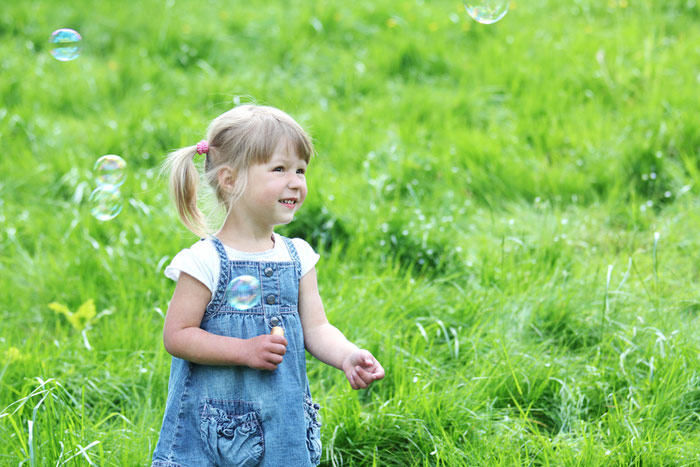20 Safety Measures Outside the Home for Children Ages 2 to 5
Keeping your child away from danger means practically incessant vigilance. Children under 5-6 years are prone to disregard dangers (even if they keep being reminded of them!) because they act on a very egocentric mindframe and magical way of thought. That means that they tend to believe they are in control far more than they actually are – and this kind of unrealistic thinking hinders their ability to foresee the consequences of certain events and actions and thus increase their vulnerability.

- It is unattainable to protect the kid in his or her every step out of home, yet there are important safety rules that any child should know by heart.
- This is mainly the parents’ burden, so they ought to make sure their child knows the rules, is often reminded of them (especially before going out) and catechized. Also, other people who participate in the child’s care must play along with the parents in enforcing them.
- The necessary safety precautions for younger children
- Car accidents being the main reason of young children casualties, adults must take care to use a car seat and place the child in the back of the car.
- The child shouldn’t be left alone in the car, for it can bring about serious injuries and even death in a very short period. The inside heat and some other factors can cause a sudden rise of the body temperature (don’t forget that the body temperature of a young child can go up by 4-5 times faster in comparison with an adult!). It can cause irreparable harm to health.
- The child should grow street wise, that is, be aware of basic dangers to be encountered out on the street including those from traffic.
- “Stranger danger” is one of the musts, your child ought to be cautious with strange people around and know what to do if he or she feels there is a threat.
- It’s up to the parents to have any information about sex offenders living in their district. It must influence the kind of instruction the child gets, especially in terms of avoiding possible sexual soliciting.
- Animals that can be encountered in the street constitute another possible source of grave danger. The child must know how to behave with the animals he knows and those he doesn’t know but may see in the street. Besides, there are rules of behavior in other houses where there are pets which are also very important.
- Sunburns or radiation burns are also a potential danger. They can be caused by exposure to the sun, sunlamps, tanning booths, X-rays, or anti-cancer radiation therapy. In children the most common cause is the sun that can damage the skin severely. See that your kid doesn’t stay in the sun for too long and make them employ sun-protection measures outdoors.
- Insect stings and bites should be avoided by using an insect repellent or by dressing your child so as to prevent exposure, choosing clothes that cover the body completely.
- Swimming safety rules make an important precaution against drowning accidents. The child must be aware of dangers that threaten in and near water. Those who have a swimming pool ought to make sure it is safe for children. Those who have irrigation canals near their houses ought to teach their children to keep away from them.
- Safety rules on the playground include checking the play equipment for good condition and seeing that it is appropriate for your child. During the whole playing time the child should remain under incessant supervision.
- If the child is going to enter an unfamiliar house, make inquiries about any possible dangerous areas, weapons, pets that may be in there – or, better still, go and see for yourself. There’s no need to feel you are imposing; you are responsible for your child’s safety, and other people ought to understand it.
- Before going to busy or crowded places see to it that your child has the I.D. on him or her. The statistics say that about 2% of children straying off from their parents were wearing any identification. To make the search for the missing child easier for authorities, get the child to wear a special identification bracelet and/or shoe stickers, so you can rest assured if anything goes wrong the search will be quick and efficient.
- Strollers and carts require following certain rules, too. They should be fitted with printed instructions, which you would do well to read (for instance, there is usually a warning against placing the child where shopping items are supposed to be). Don’t omit using safety straps.
- Wending around on bikes and tricycles can lead to accidents. The child ought to wear a helmet and follow safety rules. Never let them ride on unfamiliar or busy streets with heavy traffic or after dark.
- When riding a scooter, the child had better remain under incessant surveillance. They must be properly equipped for the ride, wear a helmet and pads on the elbows and knees. Never must the kid approach traffic.
- Children under 5 years of age are too young for skateboards – explain to them that they will have to wait awhile and get instructed properly before they are allowed to use them.
- When you’re planning to spend a day outdoors, don’t forget to check air pollution: bear in mind that young lungs are far more sensitive to pollution compared to adults’ lungs. Local newspapers ought to contain the needful information about the air pollution level, or you can inquire at the local weather station.
